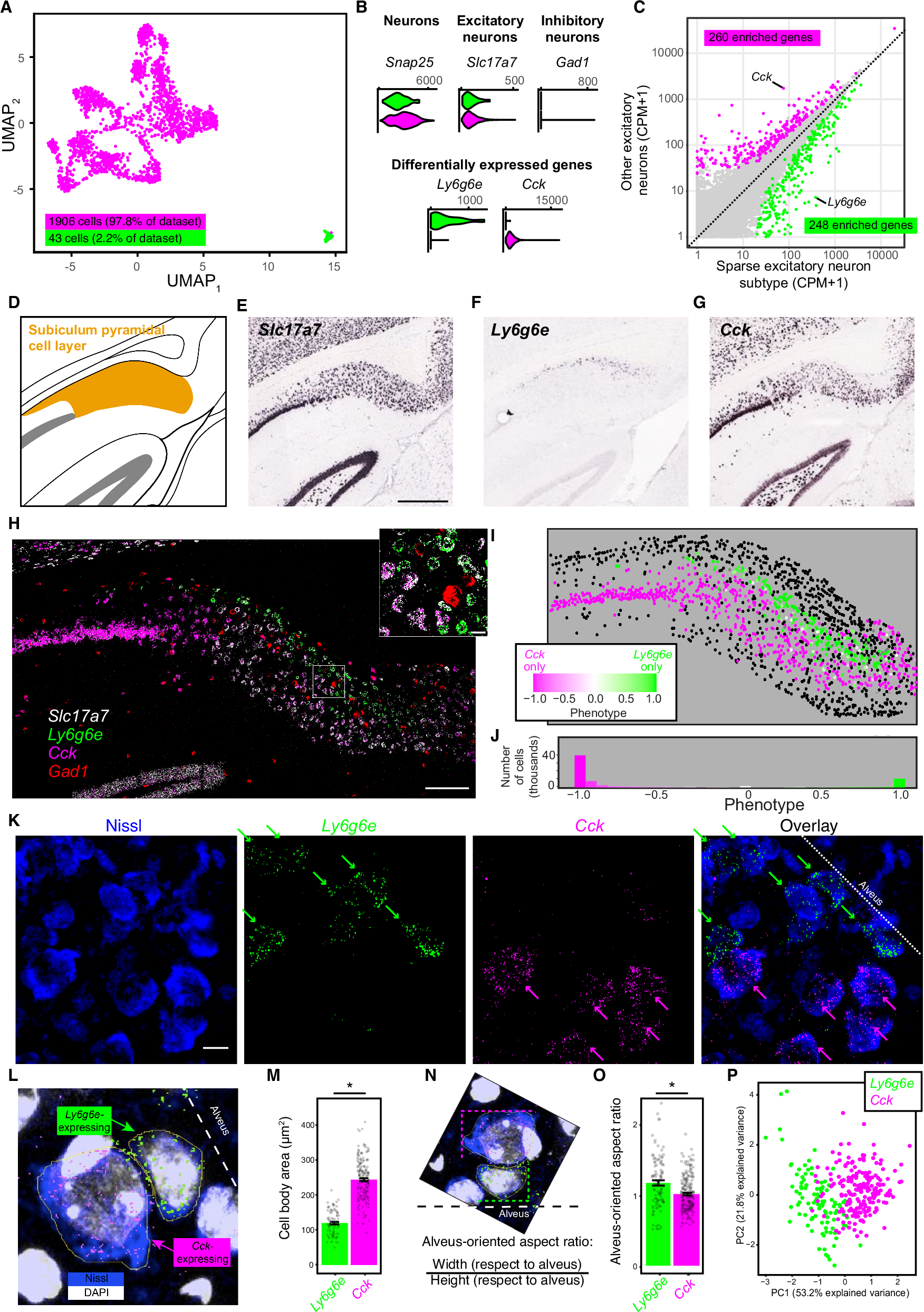2025-02-12 カナダ・ブリティッシュコロンビア大学 (UBC)
<関連情報>
- https://news.ubc.ca/2025/02/ovoid-brain-cells-help-us-remember/
- https://www.nature.com/articles/s41467-025-56260-8
非定型海馬興奮性ニューロンは物体記憶を発現し支配する Atypical hippocampal excitatory neurons express and govern object memory
Adrienne I. Kinman,Derek N. Merryweather,Sarah R. Erwin,Regan E. Campbell,Kaitlin E. Sullivan,Larissa Kraus,Margarita Kapustina,Brianna N. Bristow,Mingjia Y. Zhang,Madeline W. Elder,Sydney C. Wood,Ali Tarik,Esther Kim,Joshua Tindall,William Daniels,Mehwish Anwer,Caiying Guo & Mark S. Cembrowski
Nature Communications Published:12 February 2025
DOI:https://doi.org/10.1038/s41467-025-56260-8

Abstract
Classically, pyramidal cells of the hippocampus are viewed as flexibly representing spatial and non-spatial information. Recent work has illustrated distinct types of hippocampal excitatory neurons, suggesting that hippocampal representations and functions may be constrained and interpreted by these underlying cell-type identities. In mice, here we reveal a non-pyramidal excitatory neuron type — the “ovoid” neuron — that is spatially adjacent to subiculum pyramidal cells but differs in gene expression, electrophysiology, morphology, and connectivity. Functionally, novel object encounters drive sustained ovoid neuron activity, whereas familiar objects fail to drive activity even months after single-trial learning. Silencing ovoid neurons prevents non-spatial object learning but leaves spatial learning intact, and activating ovoid neurons toggles novel-object seeking to familiar-object seeking. Such function is doubly dissociable from pyramidal neurons, wherein manipulation of pyramidal cells affects spatial assays but not non-spatial learning. Ovoid neurons of the subiculum thus illustrate selective cell-type-specific control of non-spatial memory and behavioral preference.


